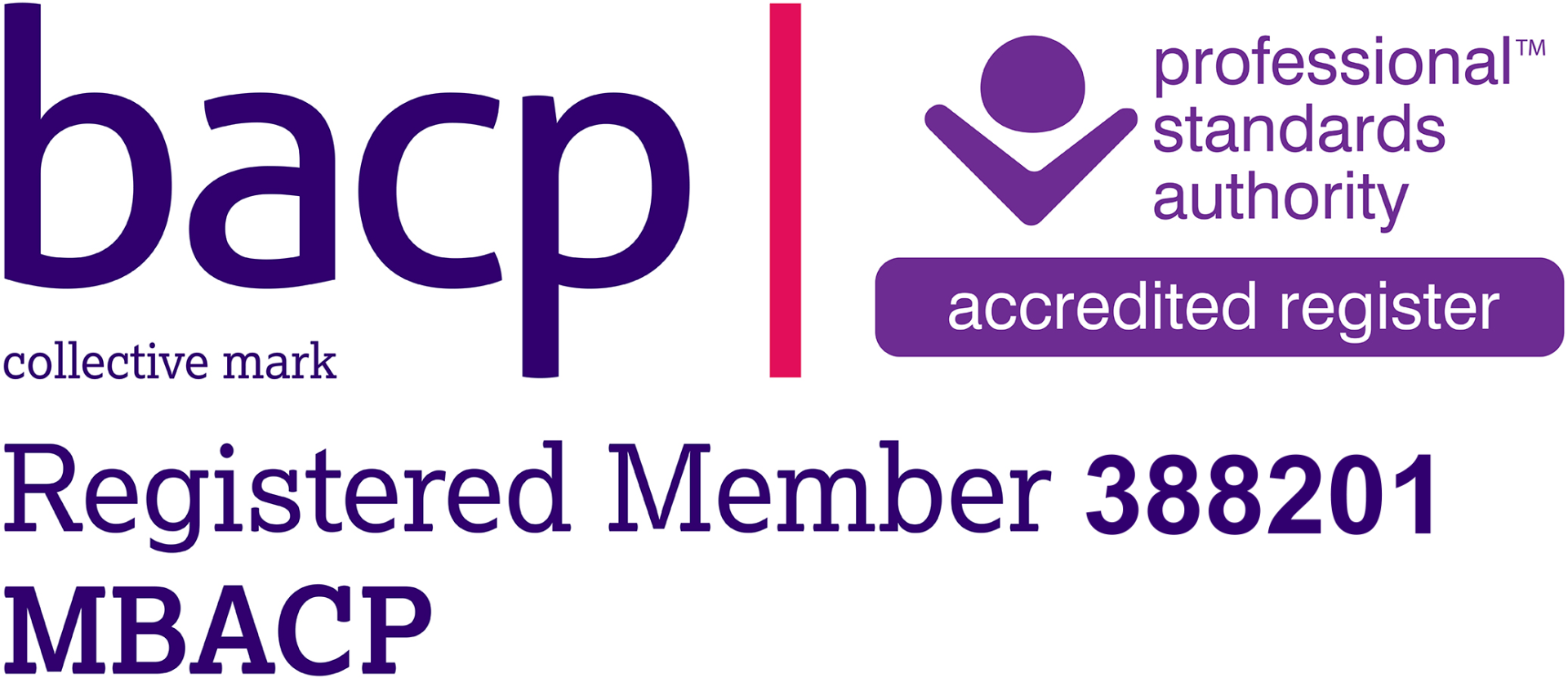Exploring the Depths of Anxiety and Strategies for Well-being

Navigating the Storm: Understanding Anxiety and Embracing Mental Health
Anxiety is a universal human experience, woven into the fabric of our lives like a persistent, haunting melody. For some, it’s a fleeting visitor, surfacing before a big presentation or during times of uncertainty. For others, anxiety is more like an unwelcome houseguest who refuses to leave, colouring daily life with shades of worry, tension, and unease. As conversations about mental health grow louder and more compassionate in our society, understanding anxiety—and discovering ways to manage it—has never been more crucial.
What is Anxiety?
At its core, anxiety is our body’s natural response to stress—a warning system designed to alert us to potential dangers. In moderation, anxiety can be helpful, sharpening our senses and motivating us to take action. However, when feelings of anxiety become overwhelming or persistent, they can interfere with daily functioning and diminish our quality of life.
Anxiety isn’t just “feeling nervous.” It’s a complex interplay of emotions, thoughts, and physical sensations. It may manifest as a racing heart, sweaty palms, shortness of breath, or a tight knot in the stomach. Mentally, anxiety can bring a barrage of worries—some rational, others not—spinning through the mind like leaves in the wind. Social interactions can become daunting, and simple decisions may feel impossible.
The Spectrum of Anxiety Disorders
While everyone experiences anxiety from time to time, anxiety disorders are characterized by excessive, persistent worry and fear. These conditions are among the most common mental health disorders globally, and they take several forms, including:
· Generalized Anxiety Disorder (GAD): Marked by chronic, exaggerated worry about everyday things—even when nothing seems wrong.
· Panic Disorder: Characterized by recurrent panic attacks—sudden episodes of intense fear accompanied by physical symptoms like chest pain, dizziness, and a sense of impending doom.
· Social Anxiety Disorder: Intense fear of social situations where one might be judged, embarrassed, or scrutinized by others.
· Specific Phobias: Persistent, irrational fear of specific objects or situations, like heights, flying, or spiders.
· Separation Anxiety Disorder: Excessive fear about being apart from certain people, most commonly observed in children but affecting adults as well.
The Connection Between Anxiety and Overall Mental Health
Anxiety doesn’t exist in isolation. It often intertwines with other aspects of mental health—sometimes acting as a precursor or companion to conditions like depression, obsessive-compulsive disorder, or post-traumatic stress disorder. Left unaddressed, chronic anxiety can lead to difficulties with relationships, work, sleep, and even physical health, including headaches, gastrointestinal problems, and a weakened immune system.
Conversely, tending to our mental health can help reduce the intensity and frequency of anxiety. Practices that foster emotional resilience, self-awareness, and social connection provide a buffer against the storms of worry.
The Stigma Surrounding Anxiety
Despite its prevalence, anxiety remains shrouded in misunderstanding and stigma. Many people hesitate to talk about their experiences for fear of being dismissed, judged, or told to simply “calm down.” This silence can be isolating, compounding the distress that anxiety brings.
But the narrative is shifting. As more individuals and public figures openly share their mental health journeys, the collective understanding grows. It’s becoming increasingly apparent that anxiety is not a personal failing but a common challenge—one that deserves empathy, support, and evidence-based care.
Signs and Symptoms: Knowing When to Seek Help
Recognizing the signs of anxiety is the first step toward managing it. Some common symptoms include:
· Constant or excessive worry that is difficult to control
· Restlessness or feeling “on edge”
· Fatigue or trouble sleeping
· Difficulty concentrating
· Irritability
· Physical symptoms such as muscle tension, headaches, or digestive issues
If anxiety begins to interfere with work, relationships, or daily responsibilities, it might be time to reach out to a mental health professional. Early intervention can make a significant difference, offering tools for coping and recovery.
Strategies for Managing Anxiety
While there’s no one-size-fits-all solution, many strategies can help alleviate anxiety and promote mental health:
1. Mindfulness and Meditation
Mindfulness involves paying attention to the present moment without judgment. Meditation practices, such as focusing on the breath or repeating calming phrases, can help anchor the mind and soothe anxious thoughts.
2. Physical Activity
Exercise releases endorphins—our body’s natural mood boosters—and provides an outlet for nervous energy. Even a brisk walk can make a difference.
3. Healthy Lifestyle Choices
Regular sleep, nutritious food, and limiting caffeine and alcohol all support mental and physical well-being. Small, consistent changes can have a powerful impact.
4. Cognitive-Behavioural Techniques
Cognitive-Behavioural Therapy (CBT) is a proven approach for managing anxiety. It helps individuals identify and challenge unhelpful thought patterns, fostering a more balanced perspective.
5. Social Support
Connecting with friends, family, or support groups can help break the cycle of isolation. Sharing experiences and feeling understood can be both comforting and empowering.
6. Professional Guidance
Therapists, counsellors, and, in some cases, medication can provide invaluable support. There’s no shame in seeking help—doing so is a sign of strength and self-respect.
Building a Culture of Openness and Compassion
Changing how we talk about anxiety and mental health begins at the individual level. By approaching ourselves and others with curiosity, patience, and empathy, we create a safer space for healing. Open conversations in workplaces, schools, and communities can help dismantle stigma and ensure that no one has to struggle alone.
Moving Forward: Cultivating Hope and Resilience
Anxiety may never fully disappear, but it can be managed and understood. With the right tools, support, and a compassionate perspective, it’s possible to reclaim a sense of peace and purpose. Mental health is not a destination but a journey—a continual process of learning, adapting, and growing.
So, if you or someone you know is struggling with anxiety, remember you are not alone. The path to well-being may twist and turn, but with each step, you move closer to understanding yourself and embracing the fullness of life.












